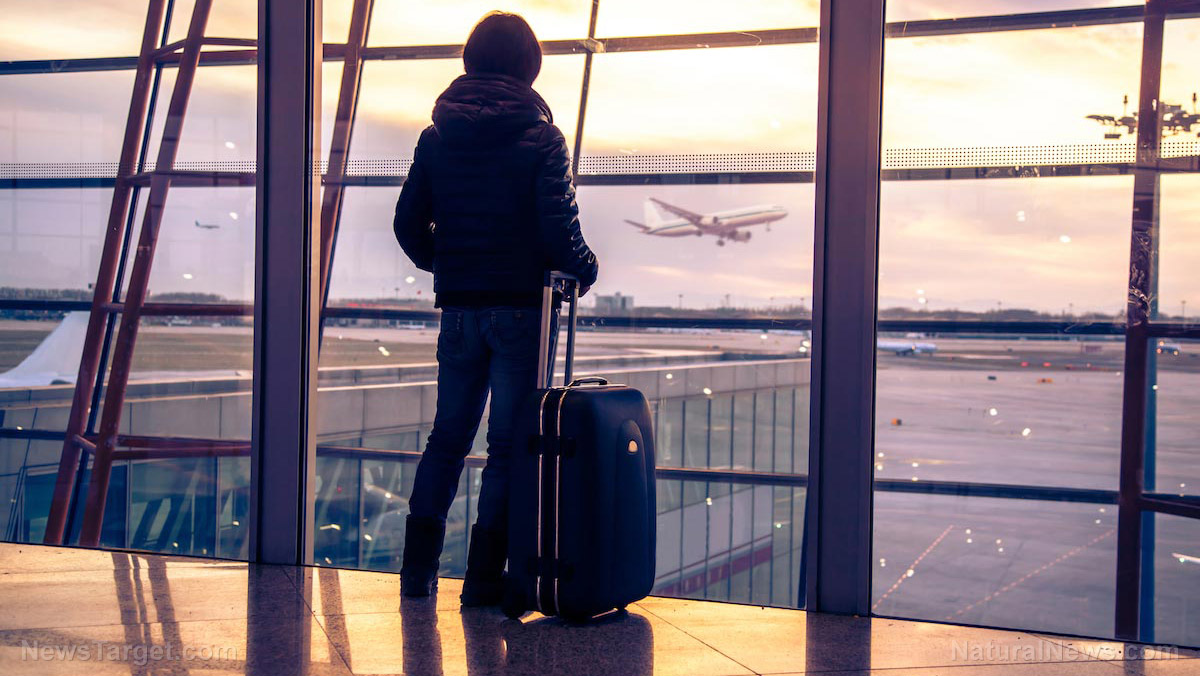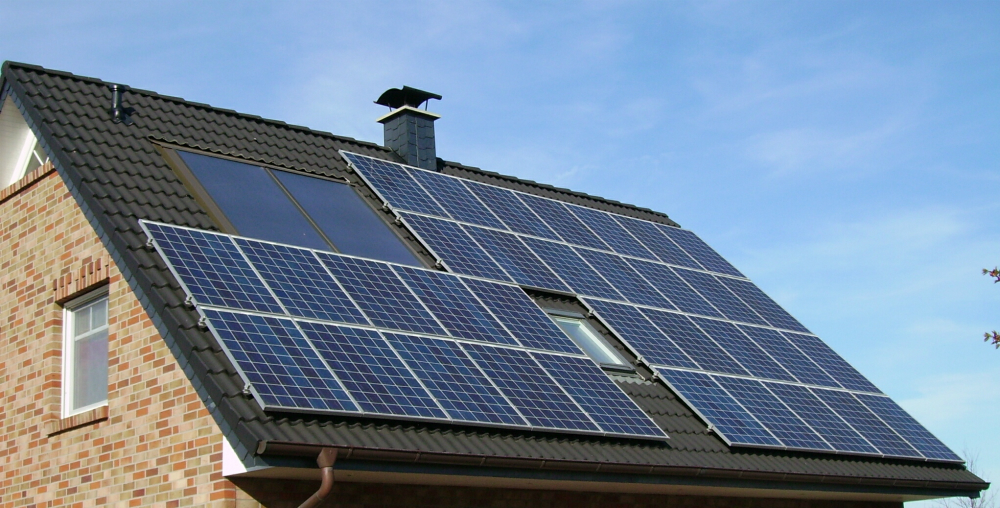 Parler
Parler Gab
Gab
How to use a ferro rod properly
Lighters are cheap and convenient so you should have a couple of them in your firestarting kit. But they will eventually run out of fuel so you should have a ferro rod in your kit too. Before SHTF, learn how to use your ferro rod properly to start a fire. Unless you often use a ferro rod to start a fire, one that has a thickness of half an inch and a length of six inches should last a lifetime. Ferro is efficient so you only need a few strikes to start a fire. A ferro rod requires several components and the rod itself for successful firestarting. Here are tips on how to use your ferro rod properly. Save the blade While you can use a knife's edge as a makeshift striker for your ferro rod, it's best to use a striker meant for firestarting so you don't ruin your rim and the blade’s sharp edge. Grease the groove It can be hard to produce sparks when using a new ferro rod. The first few strikes are unlikely to produce anything, but you can make a groove by striking the rod down in one spot and returning to that same spot whenever you need to use your ferro rod. Strike the ferro rod properly You need to learn how to strike your ferro rod properly so you can quickly start a fire. As you hold the ferro rod in place, don't push the striker down the rod toward the tinder. This pushes the air towards the sparks, which can put out the fire. Instead, keep your striker still and near the tinder. Push the ferro rod against the striker as you drag it towards you. Sparks will fly while you do this and draw the rod away from the tinder.How to find and make tinder
Aside from firewood, you need a ferro rod and tinder to start a fire. It's best to have dry, fine tinder that you can easily light up. Any natural fuel you want to use for lighting a fire must meet these three requirements:- The fuel must be dead, but not rotten. As rotten plants degrade, their fuel value typically decreases.
- The fuel must be dry.
- The fuel must be airy and light, with a sizable surface area relative to its mass – meaning it must be fluffy. To attain their ignition temperature as quickly as possible, non-fluffy materials should be treated in some way to enhance their surface area.
- A cotton ball dipped in petroleum jelly (Store in a separate container so it doesn't make a mess in your kit.)
- Dryer lint (Works better if dipped in petroleum jelly.)
- Hand sanitizing wipes (Use wipes with a high amount of alcohol so they burn easily.)
- Teabag dipped in wax
- Toilet paper
How to build different types of fires
Did you know that you can build different types of fires? Some fires are best for heating while others are more suitable for cooking. Learn about different fire-building methods so you can use the most efficient one for different survival situations. Below are three different types of fire that you can build: Long fire A long fire is used to confine fire between two very long logs. These two long logs will be positioned parallel to one another, but close enough to each other to accommodate kitchen equipment if you're going to cook. Insert one-inch-thick sticks at each end of the logs so air can reach the coals. Use a long fire if you need to provide warmth for a large group of people or if you need to cook outdoors. Pyramid fire Build a pyramid fire if you need a long-burning fire that doesn’t require constant monitoring. You'll need wood of various lengths to build a pyramid fire since you will construct a pyramid of multiple wood sizes. Place two of the larger logs parallel to one another on the ground, then arrange some smaller logs parallel to one another in the row across from the base logs. Next, keep alternating the subsequent stages to reduce the fire's size and give it a more pyramidal shape. (Related: Firestarting tips: 5 Types of campfires and how to build them.) Star fire A star fire is best if you only need a small fire or if you want to avoid using too much wood. This method burns a few logs at once rather than all your fuel to prolong the fire's burn time without having to add extra wood. To build a star fire, build a little teepee out of kindling. Arrange four to six logs until they resemble the spokes of a wheel around the teepee, but make sure they don't touch it. Ignite the fire starting at the teepee.How to start a fire in wet conditions
After SHTF, you may need to start a fire in wet conditions. To ensure that you can start a fire as quickly as possible, practice at home until you're used to starting a fire when conditions are less than ideal. Don't place your materials on wet ground because your tinder and kindling might absorb moisture. Place the first layer of tinder on a dry piece of bark or a base made of dry sticks. You also need to harvest and prepare some slightly larger wooden material aside from the tinder. Keep your kindling within reach since you need to place it on the tinder as soon as it ignites. After the kindling starts to burn, add more wood to the fire. As the fire burns, the size of the pieces will progressively increase. Take your time building the fire. A little fire will go out if you add too much wood since it won't have the oxygen it needs. Don't give up once the fire has started. Have someone watch the fire and look for more tinder, kindling and wood. Keep your fuel near the fire so it will be dry and available the next time you need it.How to cook over an open fire
When you're bugging out, you will have to cook over an open fire. You can also cook over an open fire if you're dealing with a long-term power outage and you have no other way to cook food at home. When using firewood for cooking, make sure you gather enough for your needs. If you're starting a fire in your backyard, make sure to start the fire away from your house and keep it contained so it doesn't accidentally spread. Follow these safety tips when cooking over an open flame:- Watch out for your clothes. When a spark strikes synthetic textiles, they can melt quickly or catch fire. Ask someone else to cook if you're wearing flowy clothing like long skirts or open-sleeved shirts.
- Use kitchen gloves or a thick cloth to protect your hands when cooking and handling pots and pans containing hot or boiling liquid.
- If you're grilling meals on sticks, make sure you don't use plants that are poisonous or have a sour taste.
- Never leave a cooking fire unattended.
More related stories:
20 Wilderness survival tips that might save your life after SHTF. 10 Essential outdoor skills that will help you survive when SHTF. Prepping checklist: Camping essentials to pack in your survival bag. Sources include: ApartmentPrepper.com PrimalSurvivor.net Brighteon.comSurvival medicine: Healing herbs for your first aid kit
By Zoey Sky // Share
Immunologist Dr. Jenna Macciochi: The immune system is your greatest health asset
By Olivia Cook // Share
US sees rapid growth in number of preppers, around 15 million Americans now actively prepping
By Kevin Hughes // Share
Survival essentials: 9 Off-grid appliances for your homestead
By Zoey Sky // Share
Governments continue to obscure COVID-19 vaccine data amid rising concerns over excess deaths
By patricklewis // Share
Tech giant Microsoft backs EXTINCTION with its support of carbon capture programs
By ramontomeydw // Share
Germany to resume arms exports to Israel despite repeated ceasefire violations
By isabelle // Share










